Types of Tides: Semi-Diurnal, Diurnal, Mixed, Spring and Neap
Definition
Tides are the recurrent rise and fall of water level of the sea which are created by the force of attraction that the moon and to some degree, the sun has on the earth.
Tides are among the most fascinating events that are observed on the surface of planet Earth. Tides help offer insights on the beauty and intricacies of one of the most natural occurrences in our planet and some of the great stories of the history of the universe concerning this fluid movement.
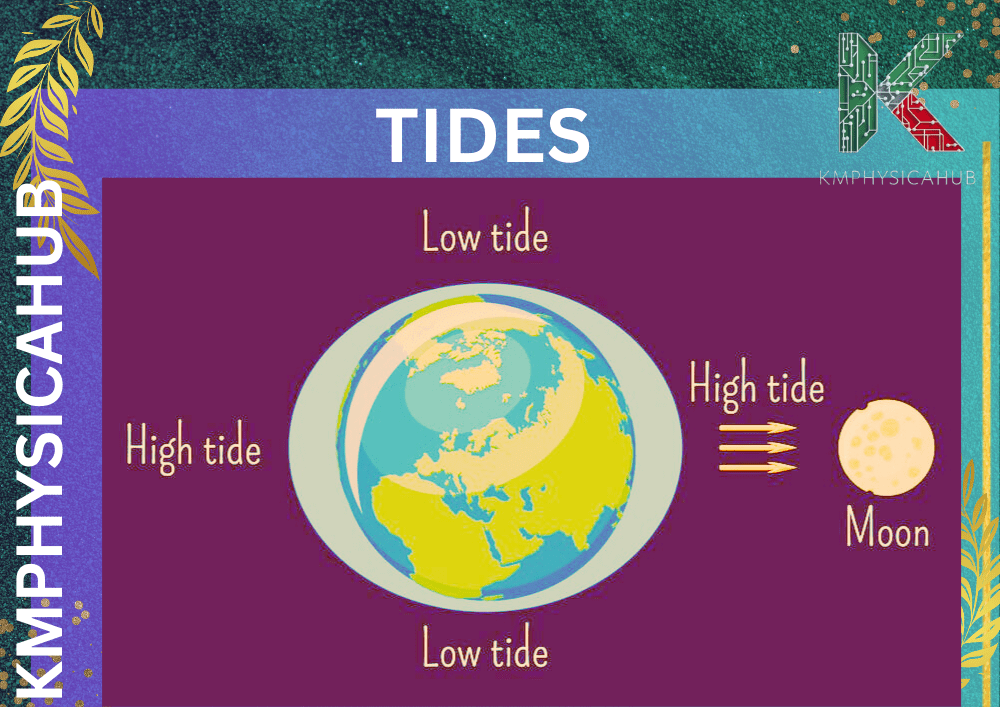
Causes of Tide Formation
Moon’s Gravitational Pull: The tides are a phenomenon that occurs on Earth primarily due to the gravitational pull of the Moon as well as the Sun. The gravitational attraction between two objects strengthens as their distance decreases. Since the Moon is much closer to Earth than the Sun, its pull dominates. This force makes a bulge in the ocean, on the side of the moon and another side of the earth as well.
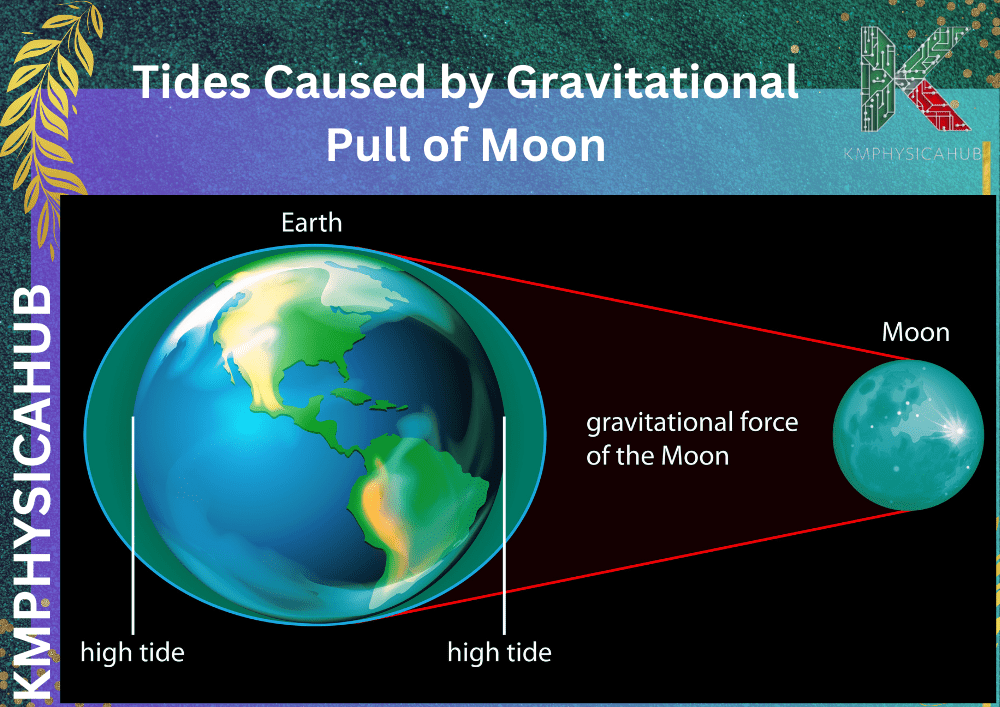
High Tides: Due to the force of attraction between the earth and the moon, the earth moves in such a way that the water on the surface of the earth is pulled towards the moon; this results into a high tide. On the side of the earth which is far from the moon, there is a second bulge due to inertia which makes objects in motion to remain in a straight line hence second high tide.
Terrestrial Tides: The moon also exerts a pull on the Earth’s surface causing slight movements of the land (terrestrial tides). But these are not as apparent as ocean tidal bulges or mounds.
Types of Tides
The four main kinds of tides could be categorized as follows:
Semi-Diurnal Tides:
It is the fact that they are periodical twice each day. A Single-period of lunar tides, which is twice a day, includes two high tides and two low tides that are twenty-four hours apart. This pattern is observed in the Atlantic Ocean and is characterized by relatively equal tidal levels.
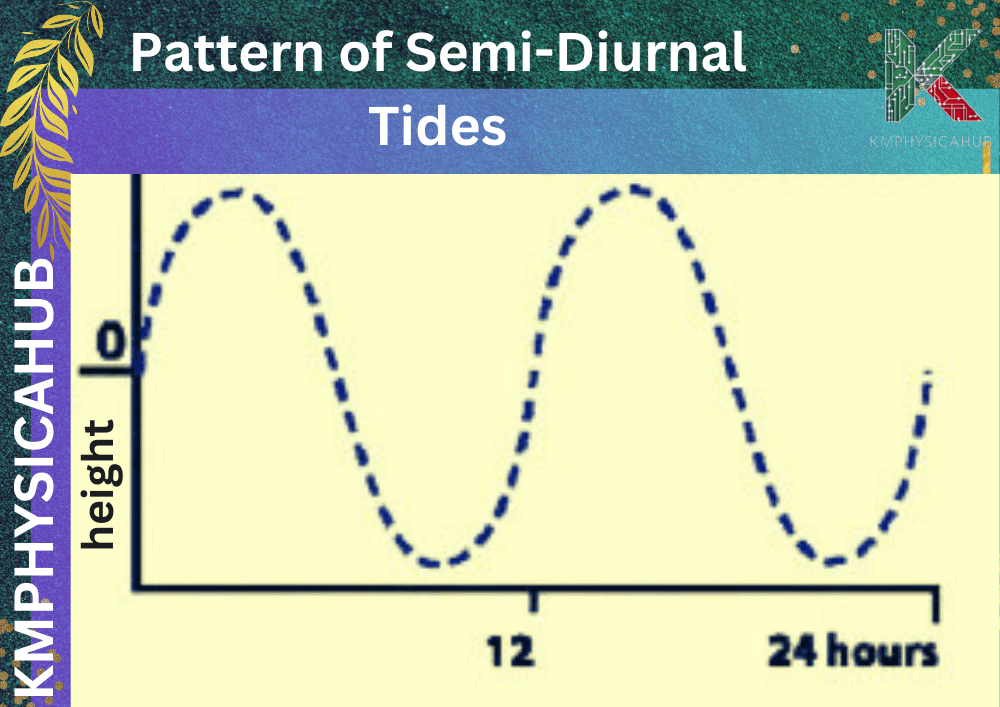
Diurnal Tides:
Such tides happen daily and are characterized by one high tide and one low tide in a day or within 24 hours. Diurnal tides are fewer occurring usually in some specific coastal zones for instance the Gulf of Mexico and the South china sea.
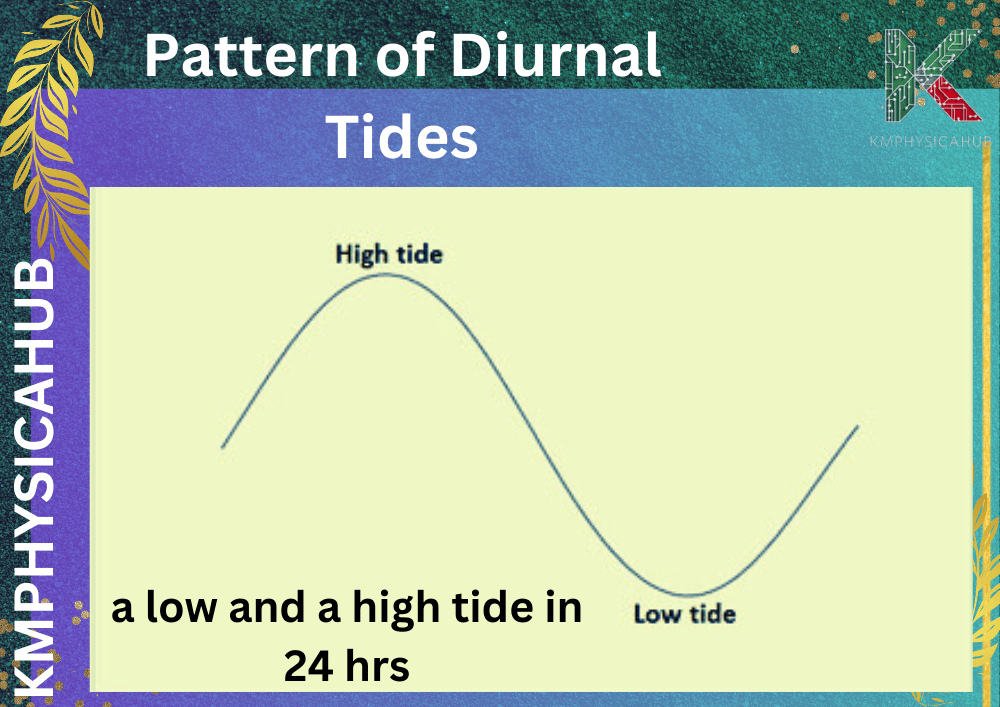
Mixed Tides:
In the mixed tide areas, there is a considerable difference in the rise and fall heights between the two following high tide and low tide. This tide pattern is typical for the U. S. Pacific coast as the tidal patterns are somewhat different from semi-diurnal or diurnal ones.
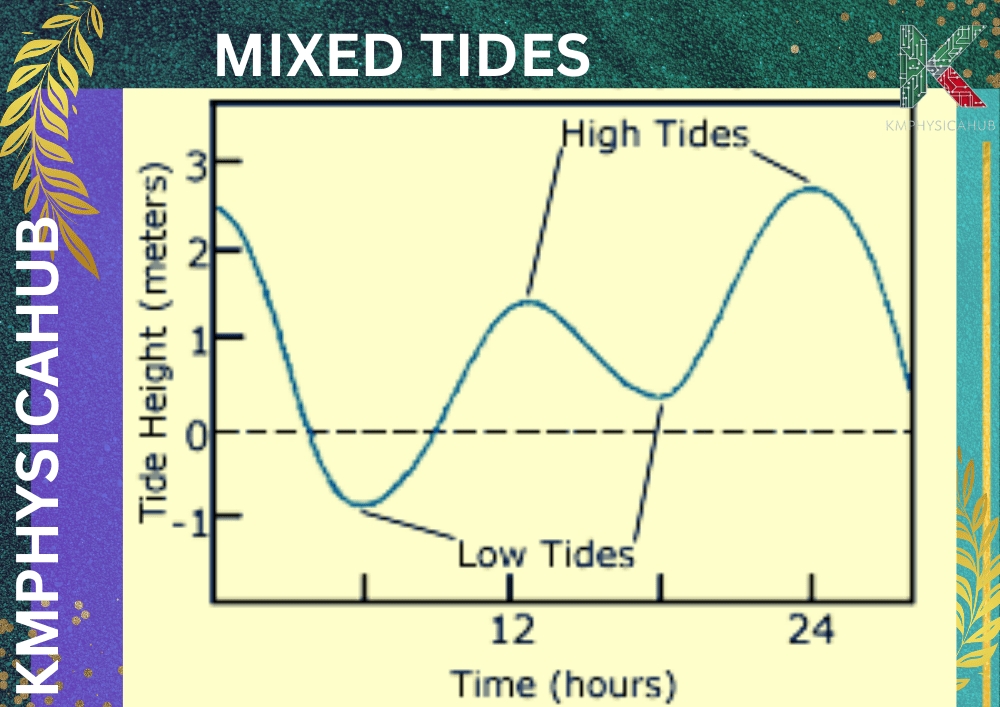
Meteorological Tides:
Even as they are not a type of tide in the actual sense, meteorological conditions such as wind, pressure changes, and storms have impacts on water levels and alter normal tidal processes. These are sometimes referred to as the surge tides or storm surges.
The other two types of tides are follows:
Spring Tides:
These are observed during the full moon and new moon periods, which are when the Earth, Moon, and the Sun are in one line. The pull of the moon and then the sun heightens the high tide and lessens the low tide.
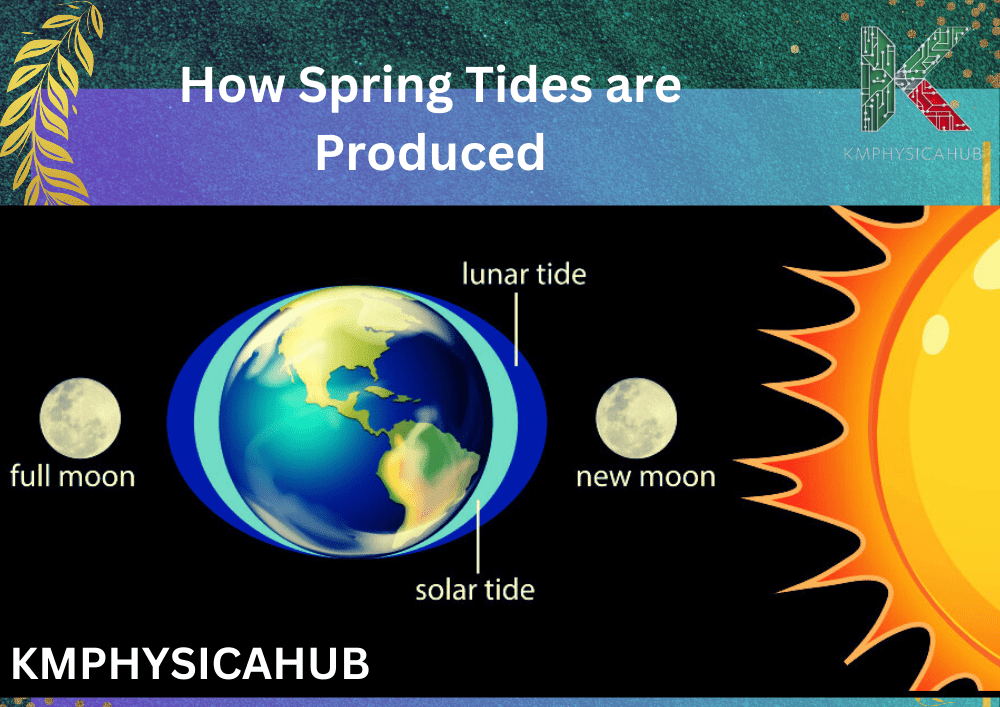
Neap Tides:
These take place when the Moon is on the perpendicular to the ecliptic, the imaginary line between the Earth and the Sun, which happens at the first and third quarter Moon. The gravitational tension of the moon and the sun partially offsets each other resulting in lower high tides and higher low tides.
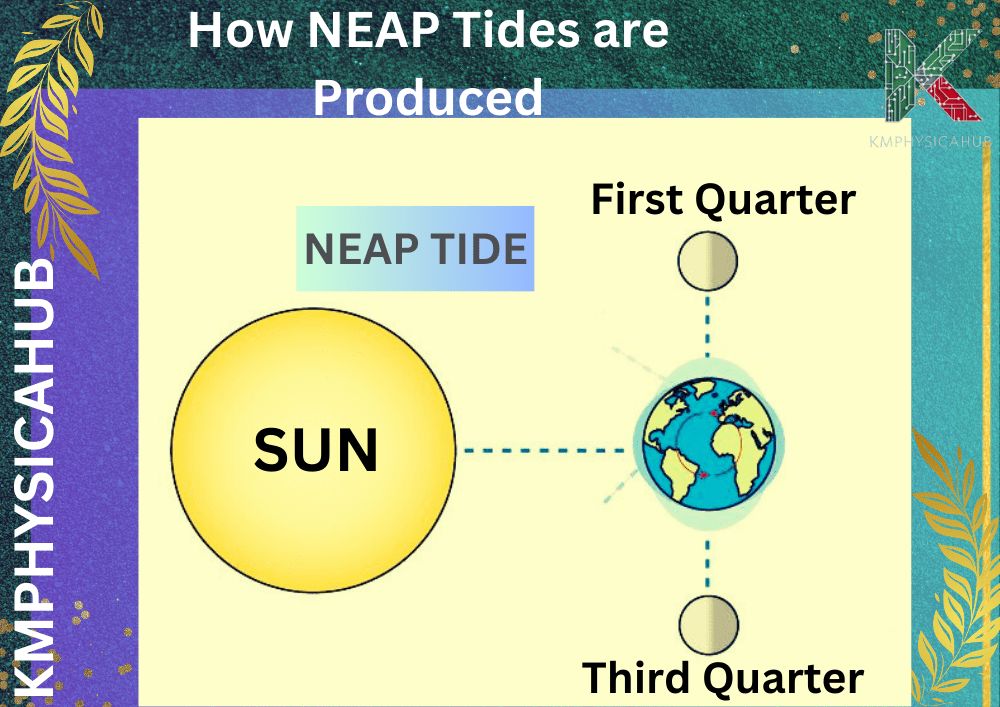
Facts about Tides
Here are some interesting facts about tides:
Tidal Range: The difference between high tide and low tide can vary significantly. Some locations experience minimal tidal range, while others have dramatic fluctuations. The difference in tides is the highest in the world in the Bay of Fundy, Canada that reaches up to 16 meters (52 feet).
Tidal Locking: The rotation of the Moon is synchronous with the Earth. It means that the same side of Moon is always facing the earth. This tidal force brought about the period of moon’s rotation and its period of revolution around the earth into harmony.
Tidal Energy: Tidal works can be utilized for renewable energy. Tidal power plants harness the energy from the rise and fall of tides in generation of electricity.
Tidal Waves: However, common misconception regarding the terms, trends, and even the phrase “tidal waves” incorrectly associate it with tides. Titanic Wave is huge waves occurring in the seas that are created by an earthquake, a volcanic eruption, or a slump of the sea bottom.
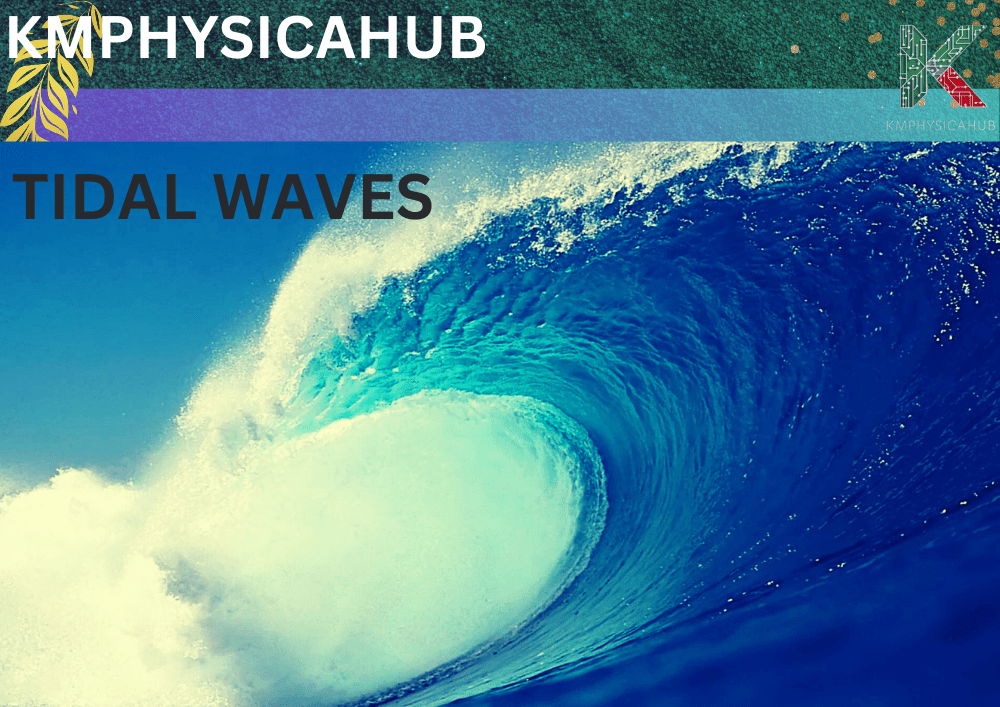
Most Famous Tides in History
- The Defeat of the Spanish Armada (1588): The tides are known to have a played part in one of the historic naval battles that may be quite familiar to many people today. An example is when the Spanish Armada, an invincible fleet of the Spanish, was defeated by the English fleet with the help of the tidal currents. English sailors took advantage of the tide and countered Spanish ships where the latter was not synchronized and lacked proper formation.
- The Normandy Invasion (D-Day, 1944): Weather was used strategically during the Second World War, especially by the Allies in organizing the tides for the invasion of Normandy. The timing of the landings was important in hope that the troops would land with the tide low reducing the obstacles and mines but to advance quickly when the tide came in to bring in more troops and supplies.
- The 2004 Indian Ocean Tsunami: The terrible wave of December 26, 2004, which claimed the lives of thousands of people, was also associated with tides. The enormous underwater earthquake that produced the tsunami led to outstanding changes in sea level, the degree of devastation is underlined by the wave of the tide.
Conclusion:
Understanding tides is crucial for many aspects of human activity and natural processes. The wave constantly changes coastal life, announces fishing times, and is instrumental in the creation of coastal infrastructure. The tidal patterns can be predicted with accuracy by studying the gravitational forces between the Earth, moon, and sun, as well as the Earth’s rotation. The use of this knowledge is to study what can prevent risks including extreme tidal events, e.g. flooding, and to decide about the most effective use of coast resources.
FAQs
Q1: What causes tides?
A: Tides are mainly created by the force of attraction that the moon and to some degree, the sun has on the earth.
Q2: Why do the two high and two low tides occur every day?
A: The rotation of Earth and the gravitational pull of Moon are the main causes. Within a turn of the Earth that last for approximately 24 hours, the moon’s forces of gravity make ground to bulge out in different parts of the Earth; therefore, there happen to be two high tides and two low tides.
Q3: Can tides be different in various parts of the world?
A: Yes, they could! Tidal ranges, approximately the same in principle, can be very different. They may be affected by the coastlines, water depth, and other factors like geographical and climatic.
Q4: How do tides affect marine life?
A: Tides are significant to the life cycles of many marine species. They are involved in feeding times, which in turn affect the birth and the distribution of nutrients through ecosystems.
Q5: Define a tidal bore?
A: A tidal bore occurs along a coast where a river empties into an ocean or sea. When the tide comes in, it creates a wave that travels up a river or narrow bay, pushing against the usual flow. For example: the bore in the Amazon River and China’s Qiantang River.